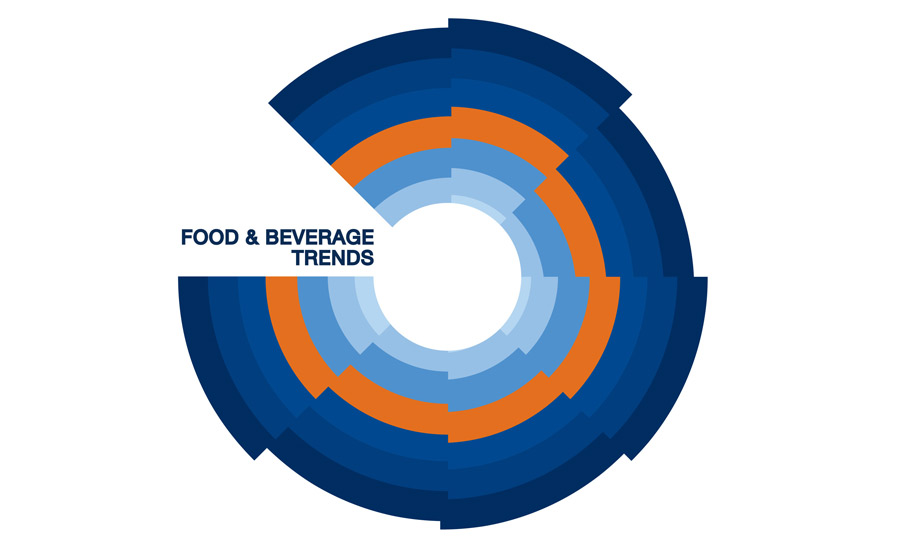Baby Boomers Show Interest in Clean Label Foods
The older demographic is curious about better-for-you foods that deliver specific benefits

The “clean” concept has made significant inroads across the food system over recent years. Whether applied to meat, produce, grains or just plain living, clean has become a consumer purchase driver. With that in mind, Hartland, Wis.-based Charleston|Orwig, a full-service strategic communications agency serving brands across the food system, worked with two research partners, Maeve Webster of Menu Matters and Confidential Consumer, to poll 500 Americans about their perceptions and food buying preferences related to clean food labels. Results were insightful and intriguing.
While almost half of Americans have no tie to the clean label concept, approximately 41% of Americans actively seek products with the clean label designation with some regularity. Not surprisingly, almost half of those purchasers are millennials under the age of 35. However, a more unexpected finding reveals 30% of individuals who purchase clean labels with some regularity are actually older than 55. “Interest in clean food labels does not skew more heavily young or old, but reflects how informed consumers are about healthy eating and what drives them to purchase clean labels,” said Mark Gale, CEO of Charleston|Orwig.
According to Gale, while there is no single agreed-upon definition of what “clean” actually means, today’s younger consumers who purchase products with clean labels tend to do so far more often for emotional or moral reasons than their older counterparts. For example, while they respond to claims of general health benefits touted in many clean label claims, millennials also believe clean label products are better for the environment. On the other hand, older Americans are more focused on health and have disposable income which makes them an important demographic target for food companies. This older group indicates higher agreement with clean label drivers, such as not trusting unrecognizable ingredients, wariness of artificial additives and a strong desire for easy-to-understand labels overall.
Gale points out that these findings corroborate other studies that show a high interest in health-related topics by mature consumers 55 and over. For example, this older demographic is curious about functional foods, a category of better-for-you foods that deliver—or claim to deliver—specific benefits such as better sleep, faster recovery from workouts or greater mental acuity.
Other studies commissioned by Charleston|Orwig also show high interest overall in food labels. Findings include a full two-thirds of Americans who say food labels are very important, while 71% of consumers indicate they want to see nutritional information that is easy to read. Gale believes this presents a great opportunity for the food system to communicate.
“There’s evidence to support that healthy eating is not a fad but a fundamental trend,” said Gale. “People now know, and care, about what the cow ate that made the milk that made the yogurt that is in their breakfast parfaits. And no matter where you are in the value chain, from farmer to processor to manufacturer to retailer to restaurant, food is under greater scrutiny than ever. Combine this with the recognition that ingredients matter, sometimes as much as the finished product, and it’s reasonable to predict that the%age of the population looking for clean is likely to grow.”
Discover more information about perceptions and food buying preferences related to clean food labels.
Looking for a reprint of this article?
From high-res PDFs to custom plaques, order your copy today!


